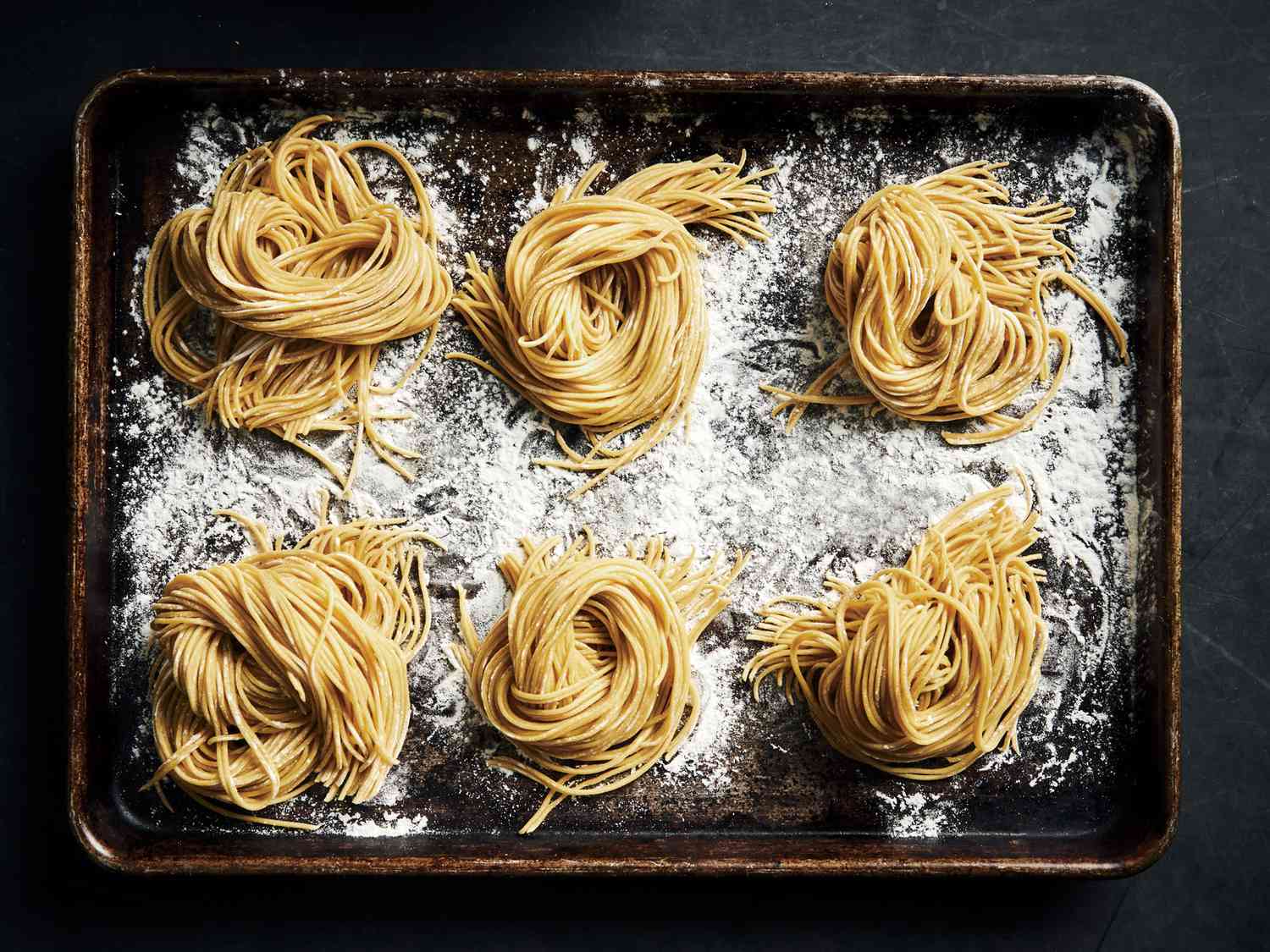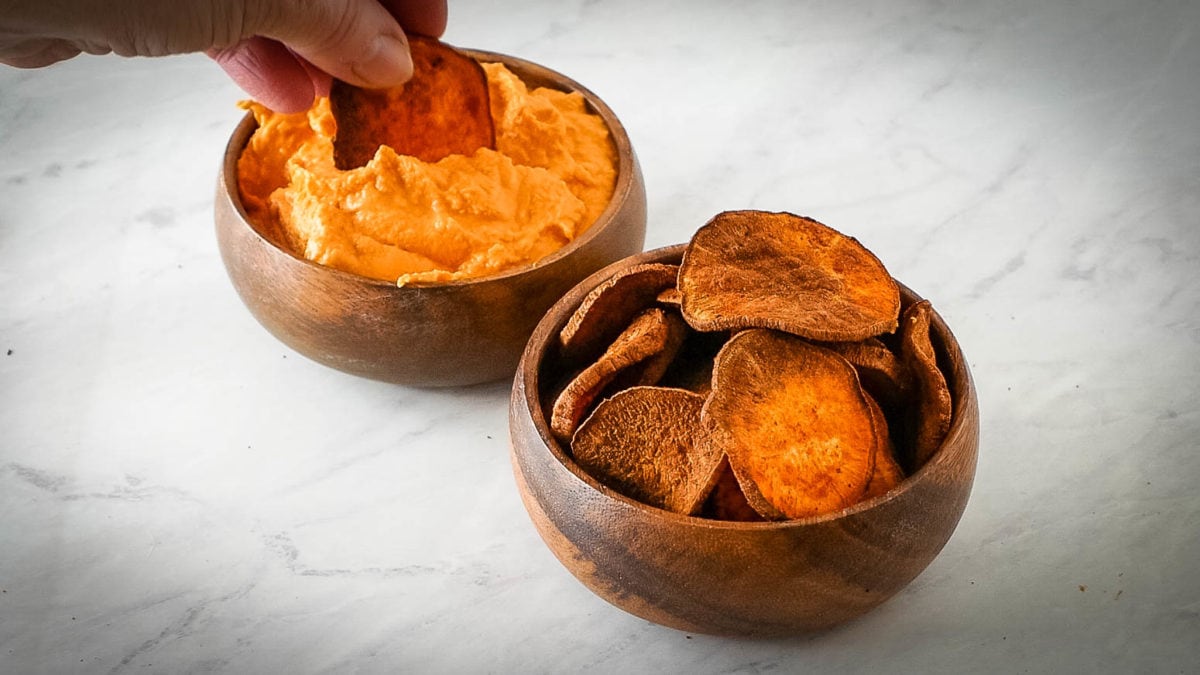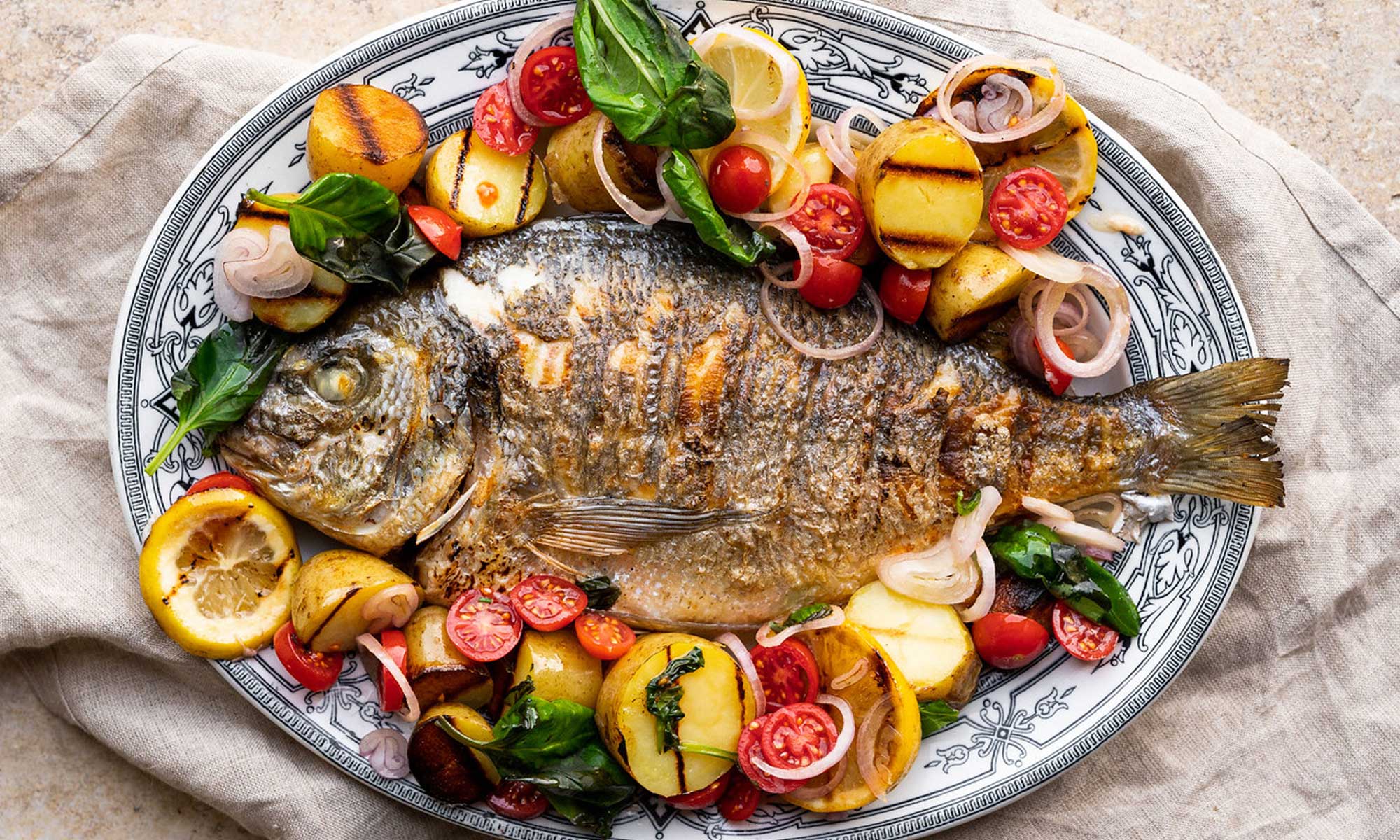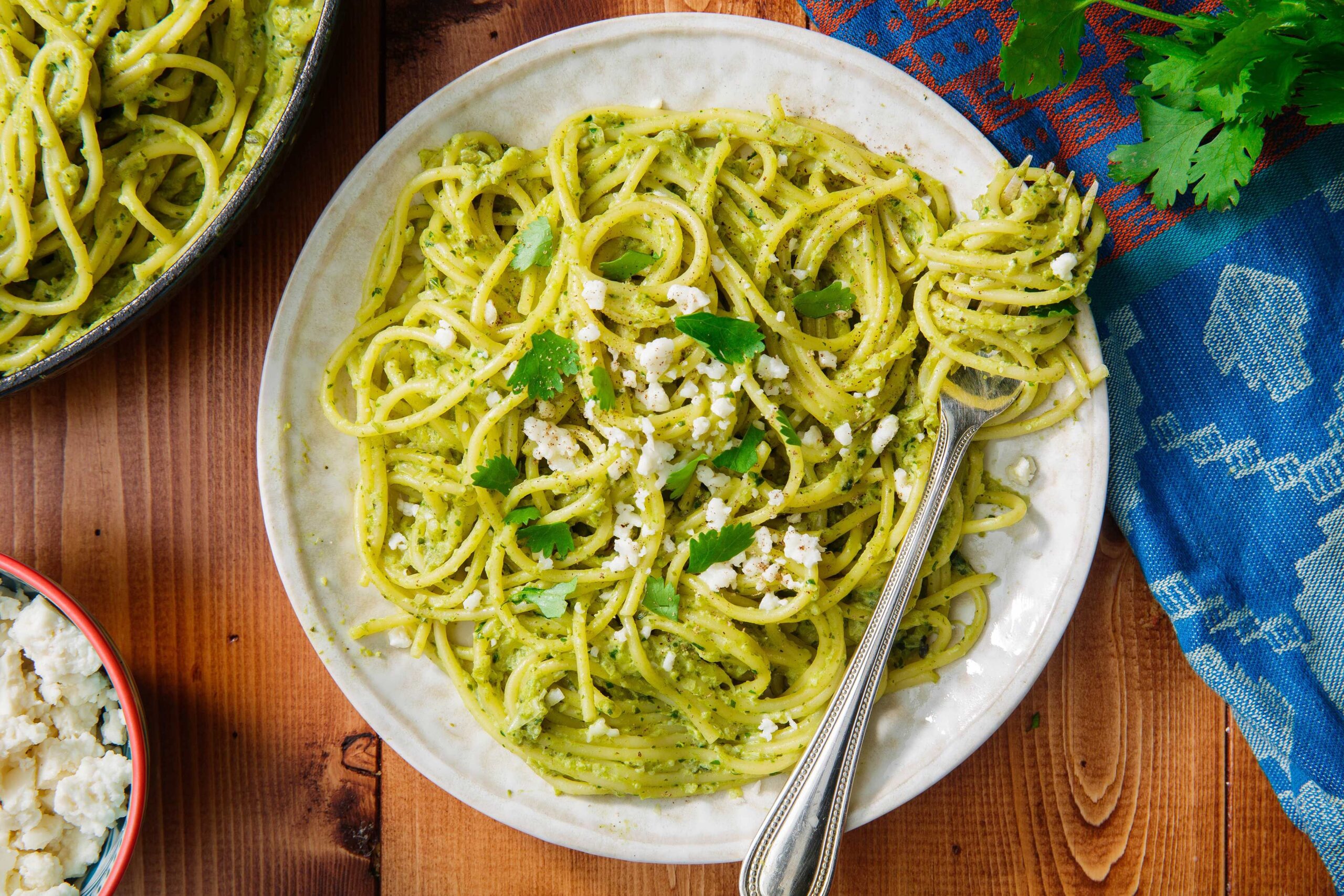Tagliolini, a delicate and versatile pasta variety, holds a cherished place in Italian culinary tradition. Its slender strands and tender texture make it a favorite choice for a wide range of dishes, from classic comfort foods to gourmet creations. In this comprehensive guide, we will explore the rich history, culinary versatility, and cultural significance of tagliolini, as well as provide insights into making, cooking, and enjoying this beloved pasta at home.
Introduction to Tagliolini
Tagliolini, often referred to as “little cut ones,” is a type of pasta that originated in the Emilia-Romagna region of Italy. Its origins can be traced back to the 15th century, where it was traditionally hand-cut and served as a delicacy for special occasions. Today, tagliolini is enjoyed across Italy and beyond, prized for its delicate texture and ability to pair effortlessly with a variety of sauces and ingredients. From simple butter and Parmesan cheese to rich seafood or truffle-based sauces, tagliolini offers endless possibilities for culinary creativity.
Tagliolini’s slender shape sets it apart from other pasta varieties, with a thickness and width that falls between spaghetti and tagliatelle. Made from durum wheat flour and eggs, tagliolini dough is rolled out thinly and cut into narrow ribbons, resulting in a pasta that cooks quickly and evenly. Its smooth texture and delicate bite make it the perfect canvas for absorbing the flavors of whatever sauce it is paired with, making it a favorite choice for chefs and home cooks alike.
History of Tagliolini
The history of tagliolini is as rich and varied as the pasta itself. Believed to have originated in the northern regions of Italy, tagliolini has deep roots in Italian culinary tradition and culture. Historically, tagliolini was a pasta reserved for special occasions and celebrations, such as weddings, birthdays, and religious holidays. Its delicate texture and elegant presentation made it a symbol of abundance and prosperity, often served as part of lavish feasts and banquets.
Over the centuries, tagliolini has evolved and adapted to reflect changes in Italian cuisine and culinary trends. While it was once exclusively handmade and hand-cut, advancements in pasta-making technology have made tagliolini more accessible to home cooks and commercial producers alike. Today, tagliolini can be found in a variety of shapes, sizes, and flavors, from traditional egg-based recipes to gluten-free and whole wheat alternatives.
Characteristics of Tagliolini
Tagliolini is characterized by its slender, ribbon-like shape and delicate texture. Unlike thicker pasta varieties like fettuccine or pappardelle, tagliolini is rolled out thinly and cut into narrow strips, resulting in a pasta that cooks quickly and evenly. Its smooth surface and tender bite make it the perfect vehicle for soaking up rich sauces and flavorful ingredients, while its subtle flavor allows it to complement a wide range of culinary creations.
When cooked, tagliolini has a light and airy texture that melts in the mouth, providing a satisfying contrast to the bold flavors of its accompanying sauce. Its delicate strands cling together, forming a cohesive and visually appealing dish that is as pleasing to the eye as it is to the palate. Whether served as a simple yet elegant primi piatti or incorporated into more complex and creative dishes, tagliolini never fails to impress with its versatility and charm.
Making Tagliolini from Scratch
While store-bought tagliolini is readily available, making tagliolini from scratch is a rewarding and satisfying culinary experience. To prepare homemade tagliolini, you will need just a few simple ingredients: durum wheat flour, eggs, and a pinch of salt. Begin by creating a well in the center of the flour and adding the eggs and salt. Gradually incorporate the flour into the eggs until a dough forms, then knead the dough until smooth and elastic.
Once the dough is ready, roll it out thinly using a pasta machine or rolling pin. Dust the dough with flour to prevent sticking, then cut it into narrow strips using a sharp knife or pasta cutter. Traditionally, tagliolini is hand-cut to achieve its signature ribbon-like shape, but you can also use a pasta machine with a tagliolini attachment for more uniform results. Once cut, allow the tagliolini to dry slightly before cooking in a pot of boiling salted water until al dente.
Popular Tagliolini Recipes
Tagliolini’s versatility makes it a favorite choice for a wide range of recipes, from simple and comforting classics to gourmet creations fit for a special occasion. One of the most iconic tagliolini dishes is tagliolini al burro e parmigiano, a simple yet indulgent pasta made with butter and Parmesan cheese. This dish showcases the delicate flavor and texture of tagliolini, allowing the pasta to shine with just a few basic ingredients.
For seafood lovers, tagliolini ai frutti di mare is a popular choice, featuring a medley of fresh seafood like shrimp, clams, and mussels in a light tomato or white wine sauce. The tender strands of tagliolini provide the perfect backdrop for the briny flavors of the sea, creating a dish that is both elegant and satisfying. Similarly, tagliolini al tartufo, made with luxurious black truffles and cream, is a decadent treat that is sure to impress even the most discerning palate.
Pairing Tagliolini with Sauces
One of the joys of cooking with tagliolini is experimenting with different sauces and flavor combinations to create unique and delicious dishes. From creamy Alfredo sauces to tangy marinara, tagliolini pairs well with a wide range of sauces and ingredients. Cream-based sauces like Alfredo or carbonara are a popular choice for tagliolini, as their rich and velvety texture coats the pasta beautifully, creating a luxurious and indulgent dish.
For a lighter option, try pairing tagliolini with a simple tomato and basil sauce, or toss the pasta with olive oil, garlic, and fresh herbs for a flavorful and aromatic dish. Pesto and herb-based sauces are another delicious option for tagliolini, adding vibrant color and bold flavor to the pasta. Whatever sauce you choose, be sure to cook the tagliolini until al dente and toss it with the sauce just before serving to ensure that each strand is perfectly coated and full of flavor.
Tagliolini in Gourmet Cuisine
While tagliolini is often associated with rustic Italian cooking, it also has a place in upscale and gourmet cuisine. Chefs around the world have embraced tagliolini as a versatile and elegant ingredient that lends itself well to creative presentations and flavor combinations. In fine dining establishments, tagliolini may be featured in tasting menus or prix fixe dinners, paired with luxurious ingredients like foie gras, caviar, or truffles for an unforgettable dining experience.
Tagliolini in Home Cooking
Despite its association with gourmet cuisine, tagliolini is equally at home in the everyday kitchen. With its simple preparation and wide range of pairing options, tagliolini is a versatile and convenient choice for home cooks looking to elevate their pasta game. Whether you’re hosting a dinner party or cooking for your family on a weeknight, tagliolini offers endless possibilities for delicious and satisfying meals that are sure to impress.















